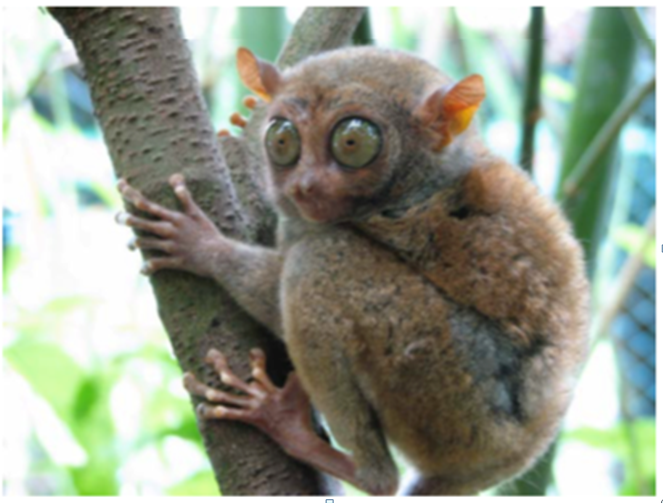The B-I mutation in anthocyanin (red pigments) produces pigmented corn plants, whereas the B mutation in the same gene usually produces nearly unpigmented corn plants when homozygous (B´/B´). When homozygous B-I and B plants are intercrossed, the F1 plants are essentially unpigmented, like the B homozygotes. If this outcome were due simply to the dominance of B to B-I, then a self-cross of the F1 plants (B´/B-I) should generate B-Icolored homozygotes as approximately 1/4 (B-I/B-I) of the F2 progeny. Instead, no F2 are pigmented. Intercrosses of the F2 and of further generations do not restore the pigmented phenotype. What is the term for this type of inheritance?
A) Mendelian inheritance
B) organelle genome inheritance
C) allelic inheritance
D) epigenetic inheritance
Answer: D) epigenetic inheritance
You might also like to view...
The first drug produced using recombinant DNA technology was
A) insulin. B) streptokinase. C) tissue plasminogen activator. D) erythropoietin.
This primate is a Philippine tarsier, which has a tail longer than its body, and a brain about the same size of one of its eyes. Tarsiers have the largest eyes relative to their body size of any mammal, and it uses them to hunt the insects, lizards, and small birds that make up its diet. How is the Philippine tarsier classified?

a. Dermopterans
b. Strepsirrhines
c. Haplorhines
d. Catarrhines
Which of the following uses patterns of STR fragments that have been cut by restriction enzymes and sorted by size?
A) DNA fingerprinting B) DNA sequencing C) cloning D) genetic engineering
Because of the polar nature of water, it is a universal
A. salt. B. solute. C. solution. D. solvent. E. suspension.